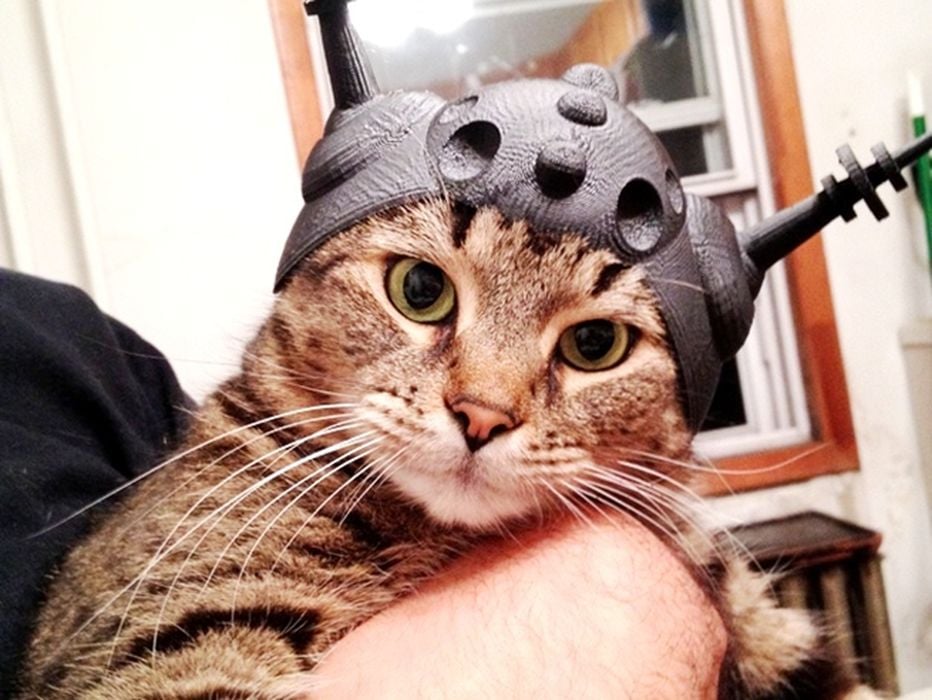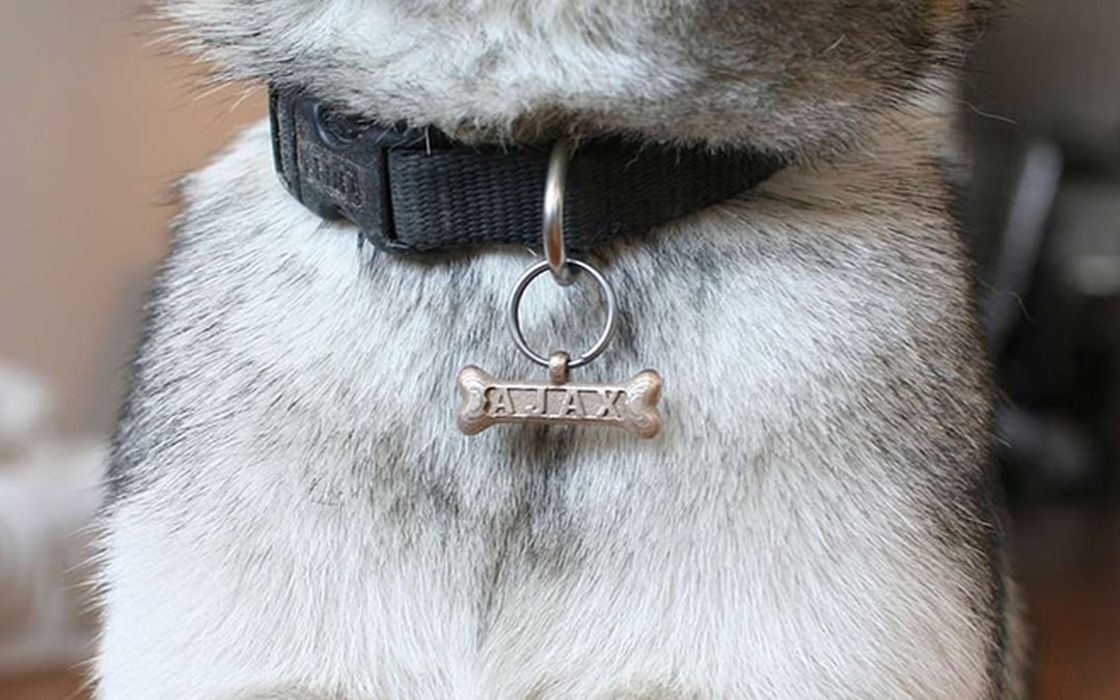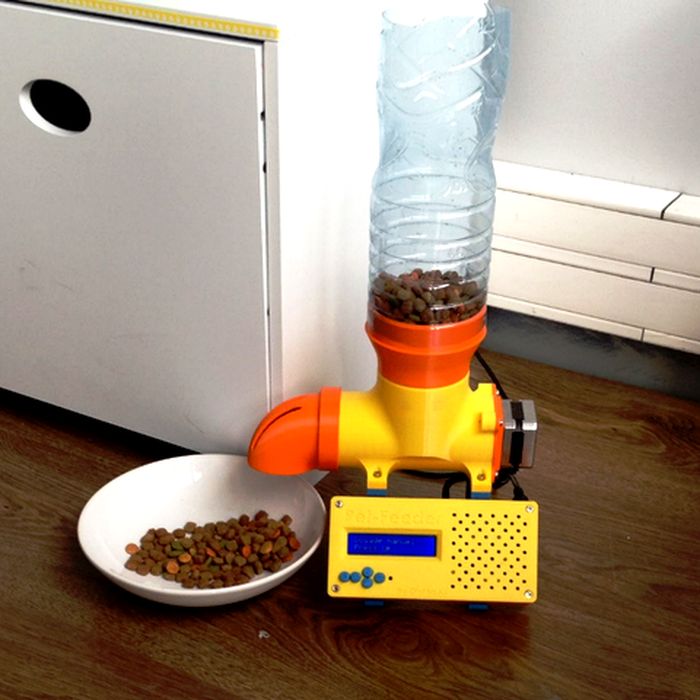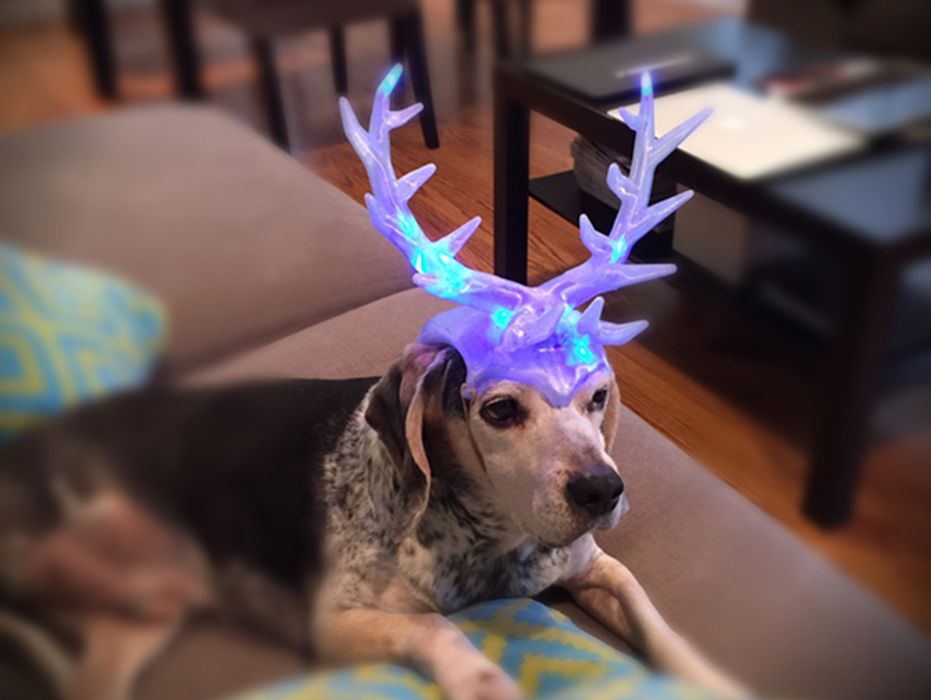
Charles R. Goulding and Preeti Sulibhavi take a look at how 3D printing can be used for pets and pet products.
Indeed, pets hold a special place in many people’s hearts, and the pet care industry has seen remarkable advancements in recent years. These developments extend beyond basic necessities and health care to include various accessories and services that enhance the overall well-being and happiness of our beloved animal companions.
3D printing has also made its mark in the pet care and “swag” industry, offering innovative solutions and personalized products for pets. Here are some of the ways in which 3D printing has contributed to the advancement of pet-related accessories:
Customized Pet Accessories
Pet fashion has become increasingly popular, with a wide range of stylish accessories now readily available. This includes everything from trendy collars, tags, harnesses, and leashes to clothing and even shoes for pets. Many pet owners enjoy expressing their own style through their furry friends.
3D printing can take expression one step further with creating highly customized pet accessories that can be tailored to their pets’ specific needs and preferences.

Orthopedic and Adaptive Devices
The majority of pet owners consider their beloved animals not merely as pets but rather as integral members of their family. For individuals with this perspective, medical challenges are approached not in terms of “how much?” but rather “whatever it takes”.
Pets with special needs, such as those with mobility issues, can benefit from 3D printed orthopedic and adaptive devices. Customized prosthetics, braces and wheelchair components can be created to improve the qualify of life for pets with physical challenges. Owners too can benefit from potentially a less costly option for their furry friend.
Interactive Toys and Enrichment Products
It is no secret that the key to a happy and healthy pet is regular enrichment that allows them to engage in innate behaviors such as smelling, chasing and playing. Creating an environment that is varied and stimulating will prevent boredom and burn energy.
3D printing allows for the production of intricate and interactive toys that can entertain and stimulate pets. Puzzle feeders, treat-dispensing toys, and other enrichment products can be designed and printed to keep pets mentally engaged and physically active.
However, for pets that tend to chew and destroy, 3D printing might be better off in the prototyping process and not final production.

Medical Models and Training Aids
Veterinarians and pet care professionals benefit from 3D printing by using it to create anatomical models for educational purposes or to plan surgeries. These models help in visualizing complex medical conditions and improving the precision of medical interventions.
The Research & Development Tax Credit
The now permanent Research and Development (R&D) Tax Credit is available for companies developing new or improved products, processes and/or software.
3D printing can help boost a company’s R&D Tax Credits. Wages for technical employees creating, testing and revising 3D printed prototypes can be included as a percentage of eligible time spent for the R&D Tax Credit. Similarly, when used as a method of improving a process, time spent integrating 3D printing hardware and software counts as an eligible activity. Lastly, when used for modeling and preproduction, the costs of filaments consumed during the development process may also be recovered.
Whether it is used for creating and testing prototypes or for final production, 3D printing is a great indicator that R&D Credit eligible activities are taking place. Companies implementing this technology at any point should consider taking advantage of R&D Tax Credits.

Conclusion
The already massive pet care industry is booming right now. The American Society for the Prevention of Cruelty to Animals (ASPCA) reports that approximately 23 million Americans adopted a pet during the pandemic. This means there will be increased demand for pet supplies and products. The 3D printing industry can begin grooming the pet care industry to use 3D printers for many needed items.
